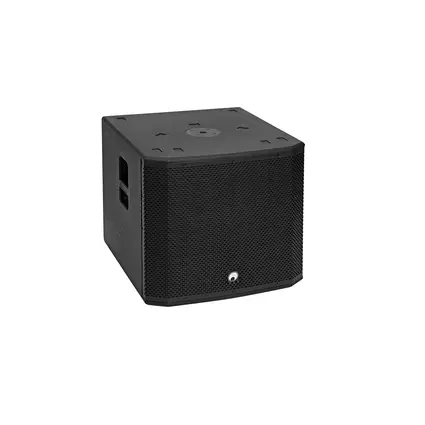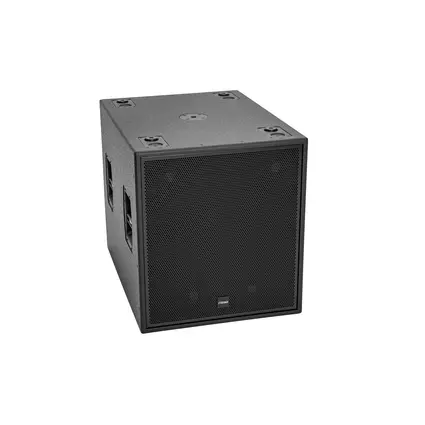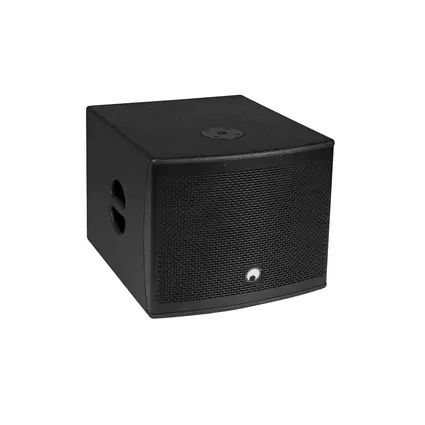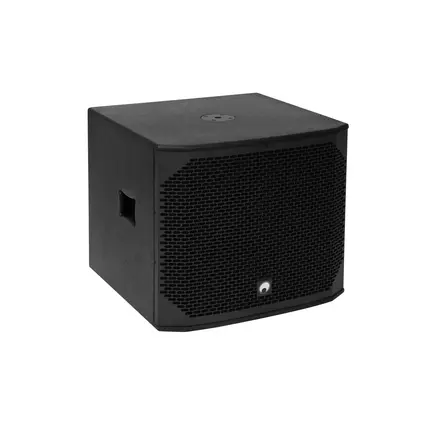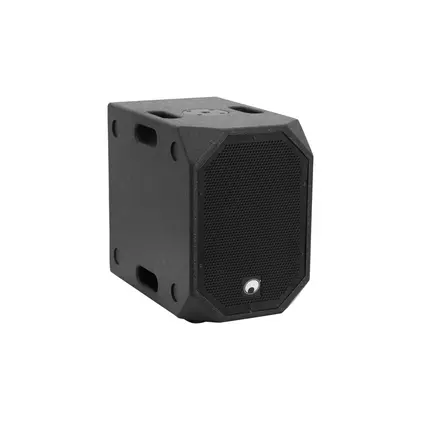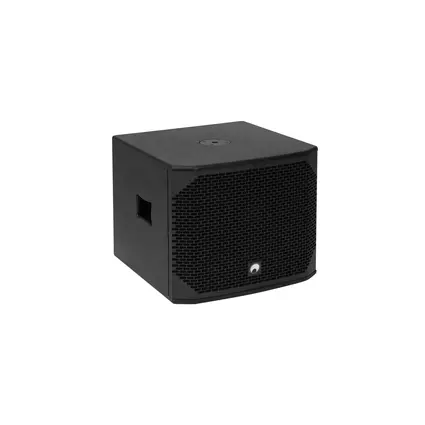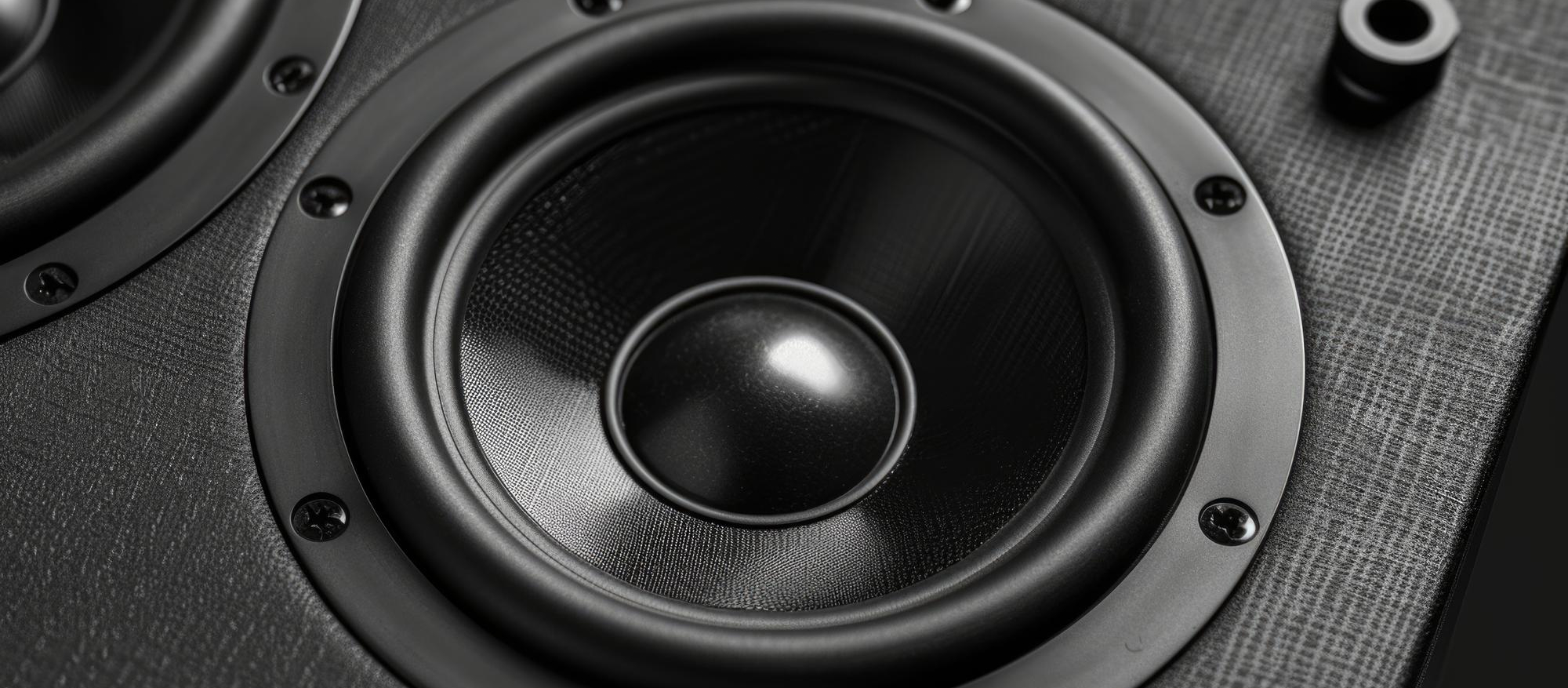
They are indispensable at concerts and in clubs: subwoofers, or bass speakers, which are responsible for the rumbling in your stomach and round off the sound image at the lower end. What does this have to do with dry physics? Quite a lot, because without a basic understanding of the physics behind the concert experience, the sound can suffer considerably. Let's take a look at the background together.
Contents
Dispersion characteristics at low frequencies
ue to their low reproduction frequencies, subwoofers typically have an almost spherical sound dispersion. This means that the sound spreads evenly around the subwoofer in all directions like a sphere, regardless of the direction in which the actual membrane is pointing. However, this spherical dispersion is a disadvantage for many applications – in order to make optimum use of the energy of the bass speaker, the subwoofer would have to be placed in the middle of the audience. To get around this problem, when using multiple subwoofers, you can make targeted use of the physical effects of wave theory and direct the sound exactly to where it is needed. So what does that mean in practice?
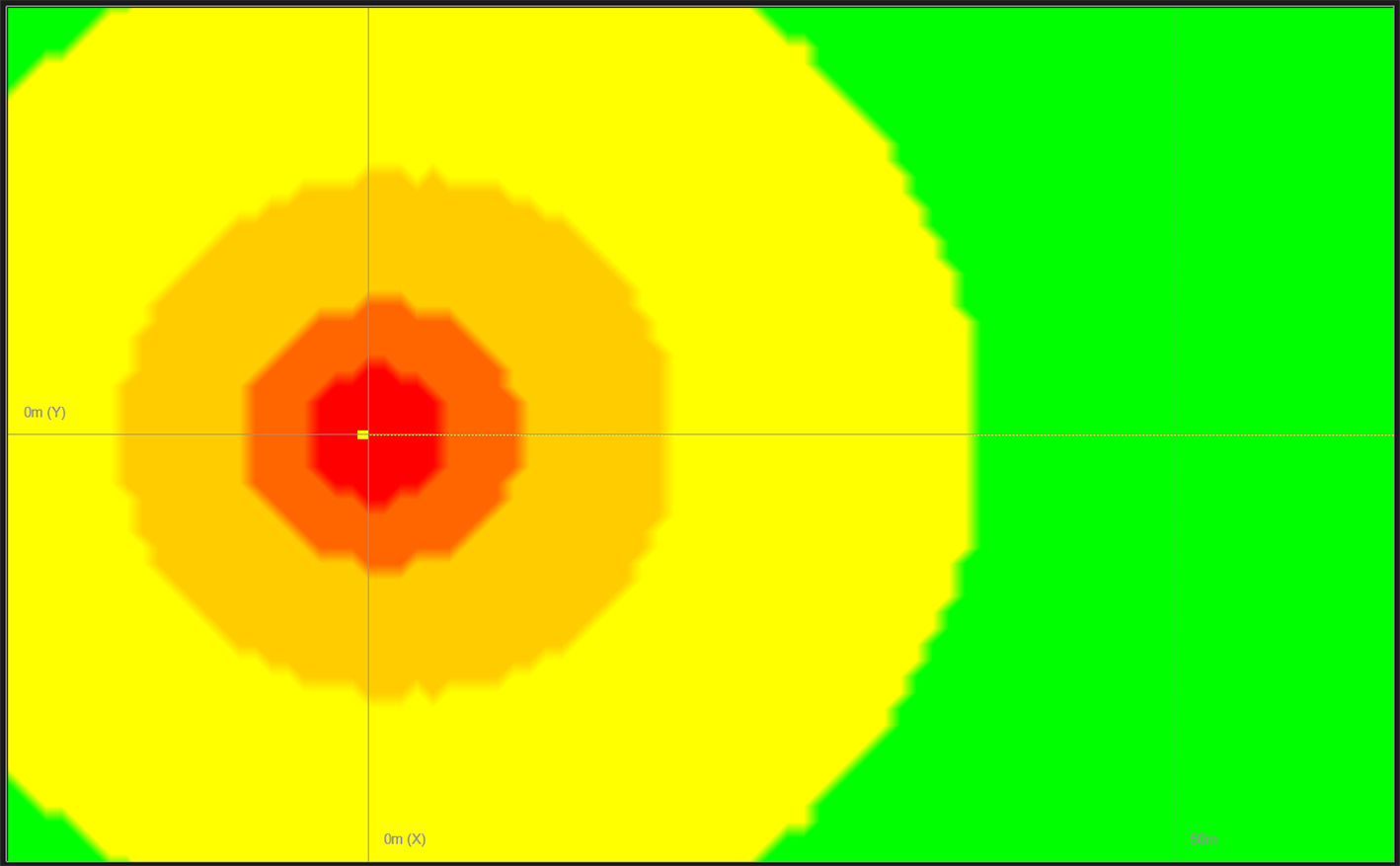
The targeted placement of subwoofers can offer the following advantages:
- • Less sound reaches the stage, reducing the risk of feedback and making the mix cleaner for bands due to less diffuse sound.
- • More sound reaches the audience with the same amount of material
- • The sound travels further with the same amount of material, meaning that larger areas can be covered
- • If necessary, certain areas outside the audience area can be made quieter in order to avoid exceeding noise limits for nearby residents, other stages, or the nearby medical tent
The following installation options are used in practice:
1. Left-right alignment
The simulation clearly shows that the typical and frequently used left-right arrangement of the subwoofers next to the stage is not ideal. Large areas in the audience area are formed where significantly less sound pressure arrives (shown here in purple). In addition, there is no real attenuation towards the rear, i.e., the sound pressure on stage is similar to that in the audience area.
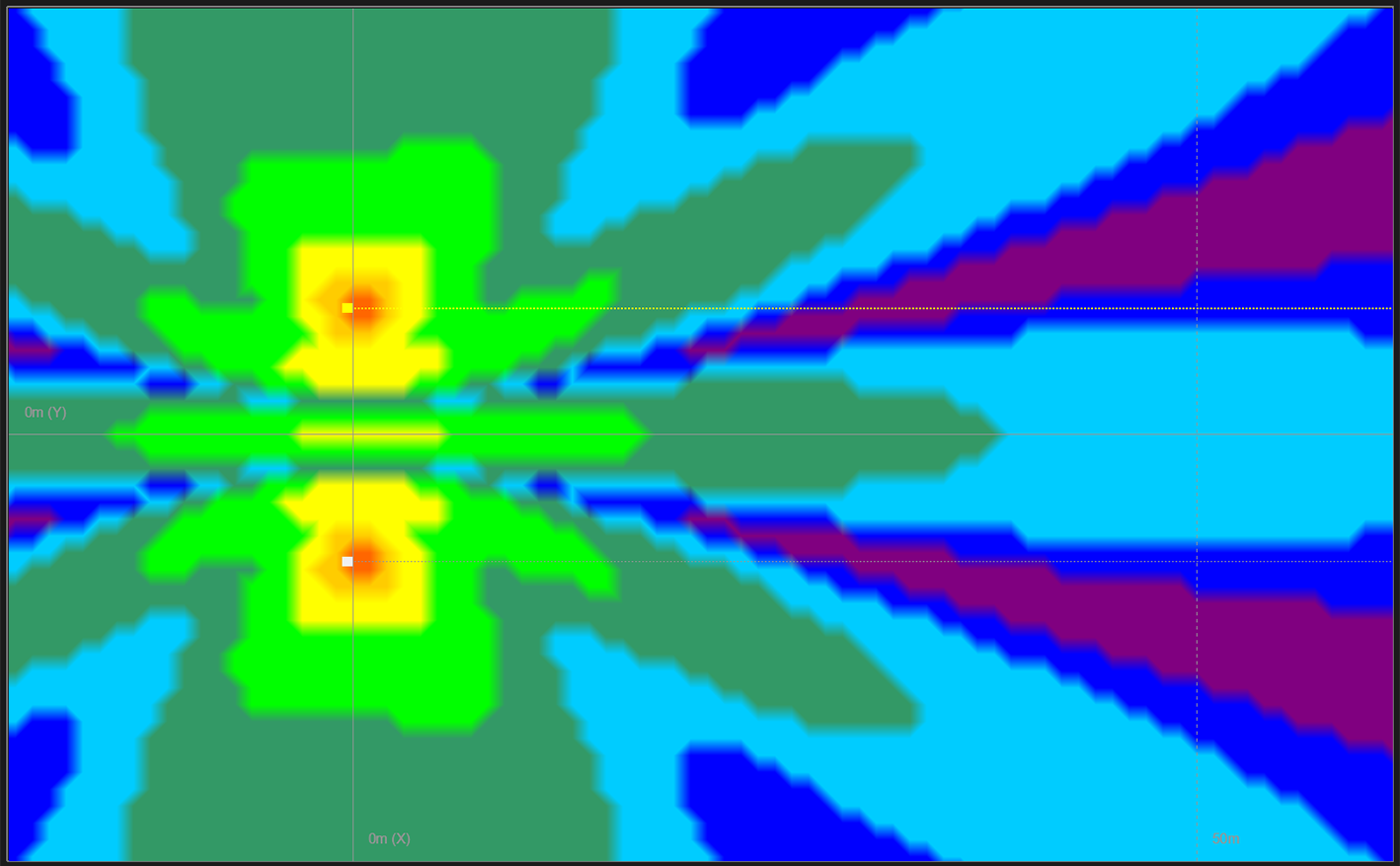
2. Mono arrangement
As an alternative to the left-right setup, a mono arrangement can usually be implemented without much effort. To do this, all available subwoofers are placed together as one large unit in the center in front of the stage. Depending on the number of subwoofers, this creates a slight directionality and very even radiation. However, even with this setup, a large amount of sound is still emitted to the rear.

3. Row arrangement
In a row arrangement, the subwoofers are positioned at a slight distance from each other, ideally spread across the entire width of the stage. This creates an even level distribution in the listening area and good attenuation to the sides. The distance between the individual subwoofers must not exceed half the wavelength of the highest reproduction frequency, as otherwise interference effects and cancellations will occur. If the subwoofers are to reproduce frequencies up to 100 Hz, the distance between the centers of the speakers must not exceed approximately 1.7 m.
To allow the sound to be emitted more widely, the speaker array can also be physically “curved,” i.e., set up in a slight arc.
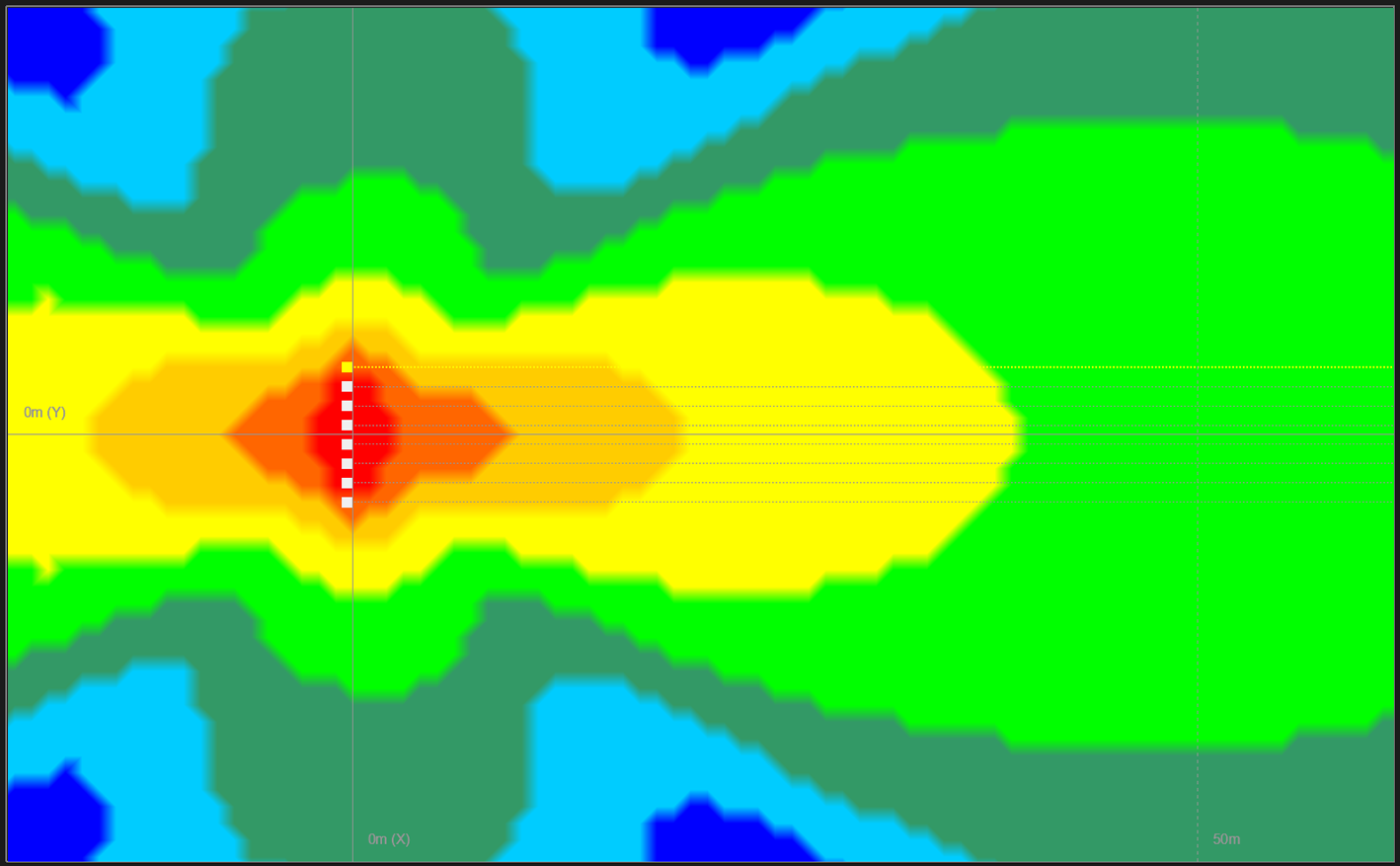
4. CSA or Cardioid Subwoofer Array
The CSA configuration is often used to effectively dampen the bass at the rear. This involves using a combination of 2-3 bass speakers facing forward and one bass speaker rotated 180° to the rear. The phase of the rotated bass is inverted and delayed by the distance between the speaker membranes. This allows the rotated subwoofer to effectively cancel out the sound radiated to the rear. However, this configuration requires at least 2 controller/DSP channels in order to process the signal for the rotated subwoofers separately.
For even greater focus, this constellation can be combined with the row constellation, for example.
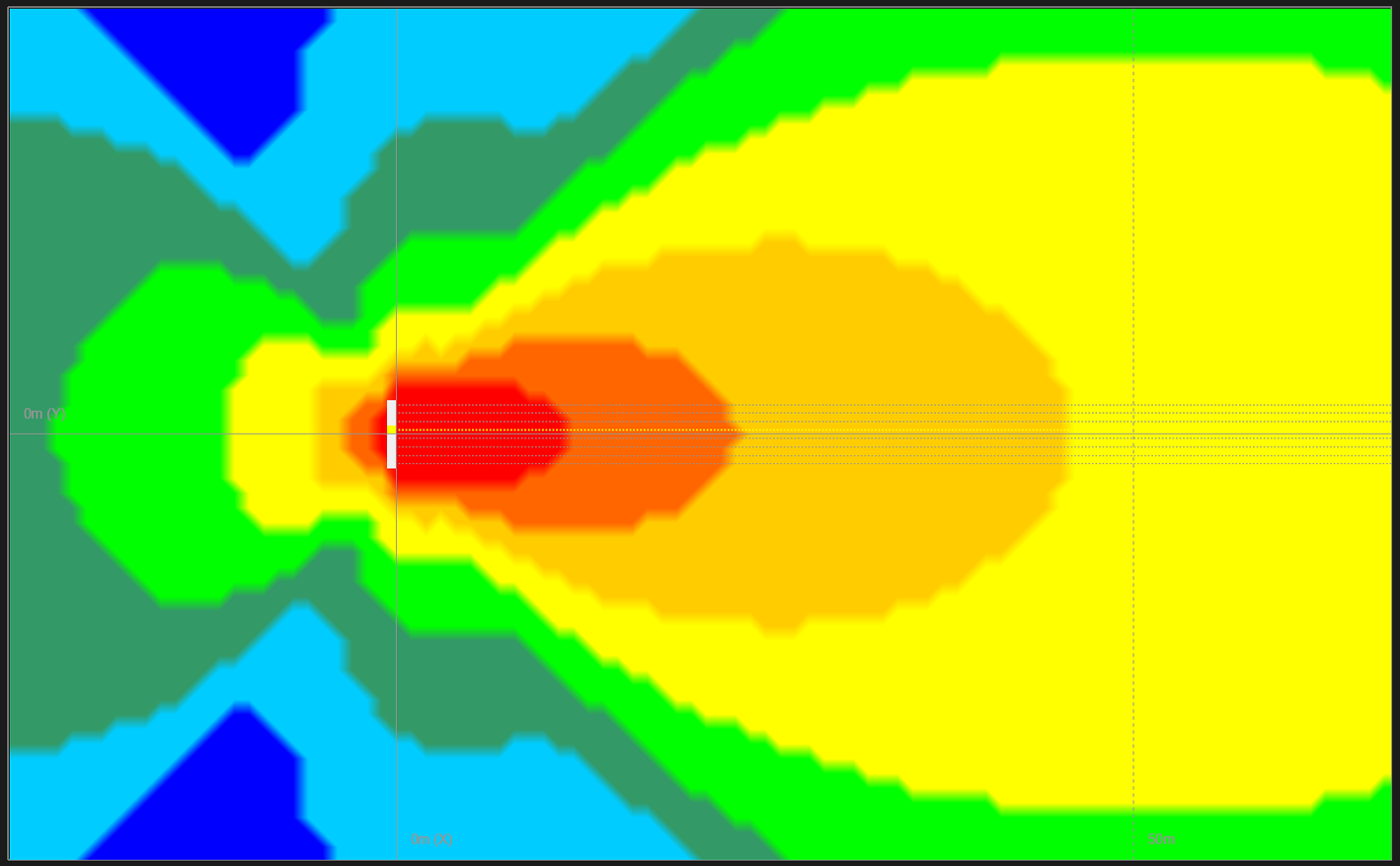
5. EFA or End Fire Array
In a so-called end fire array, at least two subwoofers or two rows of subwoofers are set up one behind the other. Ideally, the distance between the speakers should be ¼ of the wavelength of the mid-frequency. The rear row emits the sound first, while the row in front of it is delayed by the distance and the travel time of the sound. This results in very precise directionality and extremely good rear attenuation. This type of arrangement is very effective, but also complex to implement. At least two controller channels are also required for this arrangement.
To ensure that the various arrangements function optimally, only subwoofers of the same design should be used. The dispersion characteristics can also vary significantly depending on local conditions (walls, humidity, temperature). Therefore, it is always necessary to check on site whether the actual results match expectations and the calculations made beforehand.

6. Conclusion
In summary, it can be said that the correct positioning of subwoofers at concerts and festivals is crucial for sound quality and the listening experience. A basic understanding of physics and sound wave theory is helpful in order to make optimal use of the energy of the bass speaker and direct it as precisely as possible toward the audience.
Although the left-right configuration is frequently used, it has been shown that alternative configurations such as mono, staggered, or the use of cardioid subwoofer arrays and end-fire arrays often result in better sound distribution and rear attenuation. It is therefore important to test different configurations and check which one is best suited to the situation at hand.
